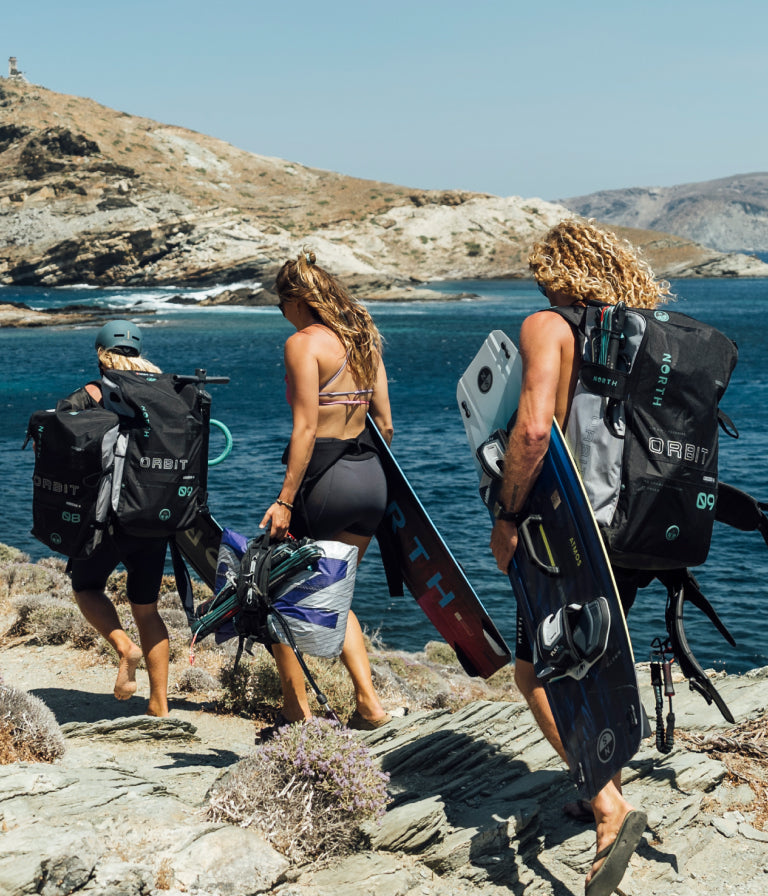The South Easterly Explained
Learn more about the ideal weather conditions needed for Red Bull King of the Air
To get big air, you need big wind. Simple really.
“There is not a minimum limit of wind speed needed to give a ‘go' to the event,” explains Sportive Director, Sergio Cantagalli. Rather what the team look for are suitable and sustainable conditions in which to start the event.
“Ideally – and unless straggled for unexpected reasons – we will hardly consider any wind below an average of 25 knots (46km/h) to start with, and with a forecast to rise to 35 to 37 knots (65 - 69km/h), if not more,” he says.
According to Sergio, the ideal wind direction for Kite Beach is the proverbial 'Cape Doctor' south-easterly.
“The prevailing weather in summer comprises the South Atlantic High-pressure system sitting a lot more south,” explains weather guru, professional surf forecaster and founder of Wavescape.co.za, Steve ‘Spike’ Pike.
“Cape Town is situated along the eastern edge of this anti-cyclonic system. Simplistically, the counter-clockwise flow around the High forms the basis for the summer southeast trade wind that blows during summer. The dry, denser air that creates the High pressure also means sunny, dry weather.”
To radically paraphrase the climatology - warm, sunny days and consistent winds. Strong winds:
“The interplay between areas of high and low atmospheric pressure form the basis for ocean weather patterns. High pressure (above 1013mb) comprises cool dry air that is sinking (creature more pressure on the sea surface). The air around High pressure moves counter-clockwise. Low pressure (below 1013 mb) is warm air that is rising. Air around the Low moves clockwise. Air moves from High pressure towards Low pressure (to replace the rising air) and this creates wind. As the land heats up, more air is rising off the land and the pressure gradient between the two increases, making the air flow faster, and therefore the wind stronger, which is why the SE is often at its strongest in the afternoon.”
The west coast section of Cape Town – from Milnerton, up past Table View, Big Bay and beyond – runs in a similar direction to the southeast wind, meaning the winds are blowing across the beach, not onshore or offshore. “This means that the riders can tap the wind back and forth parallel to shore, riding across the nearshore surf line,” Spike says.
This also means they can power up along the wave face for long periods of time, creating epic wave-riding opportunities. “Unlike most European countries, which go totally flat for months in their summer season, South Africa has plenty of swell during summer.”
Written by Jazz Kuschke, Red Bull.


